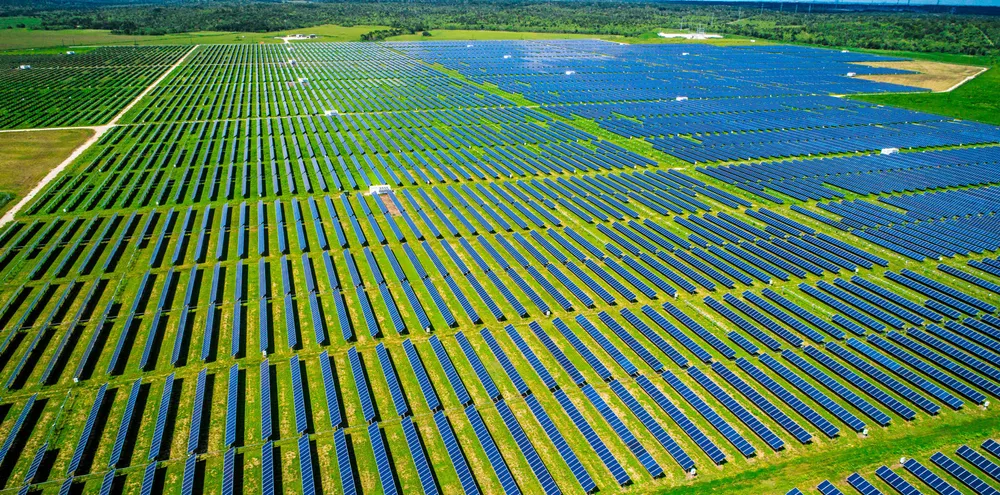Solar to blaze ahead to add half of new US power plant in 2022 as wind stalls: EIA
The surge of utility PV and the growing trend to pair it with battery storage is coming at the expense of America's wind build-out which faces near-term hurdles

The surge of utility PV and the growing trend to pair it with battery storage is coming at the expense of America's wind build-out which faces near-term hurdles
